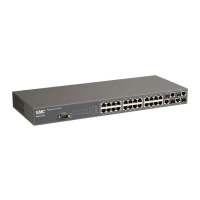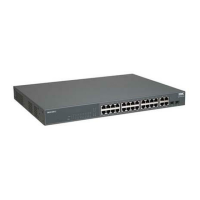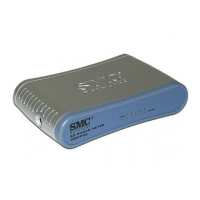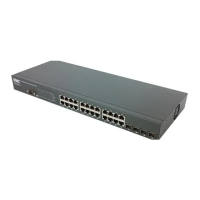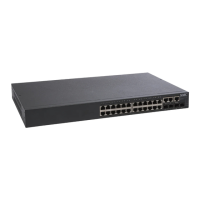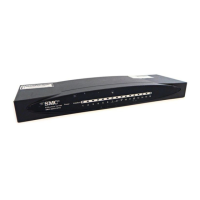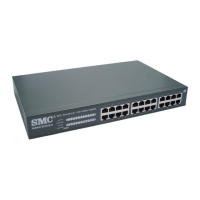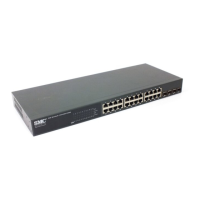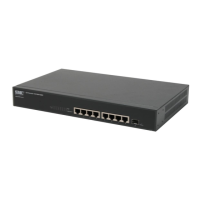G
LOBAL
R
OUTING
C
ONFIGURATION
37-3
Example
ip route
This command configures static routes. Use the no form to remove static
routes.
Syntax
ip route {destination-ip netmask | default} {gateway} [metric metric]
no ip route {destination-ip netmask | default | *}
• destination-ip – IP address of the destination network, subnetwork, or
host.
• netmask - Network mask for the associated IP subnet. This mask
identifies the host address bits used for routing to specific subnets.
• default – Sets this entry as the default route.
• gateway – IP address of the gateway used for this route.
• metric – Selected RIP cost for this interface. (Range: 1-5, default: 1)
• * – Removes all static routing table entries.
Default Setting
No static routes are configured.
Command Mode
Global Configuration
Command Usage
• You can configure up to 256 static routes.
• If both static and dynamic paths have the same lowest cost, the static
paths will take precedence over the dynamic paths.
• Static routes are included in RIP updates periodically sent by the router
if this feature is has been enabled by the redistribute command (see
page 37-15).
Console(config)#ip routing
Console(config)#
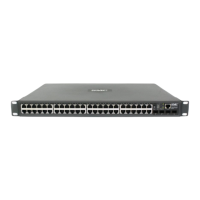
